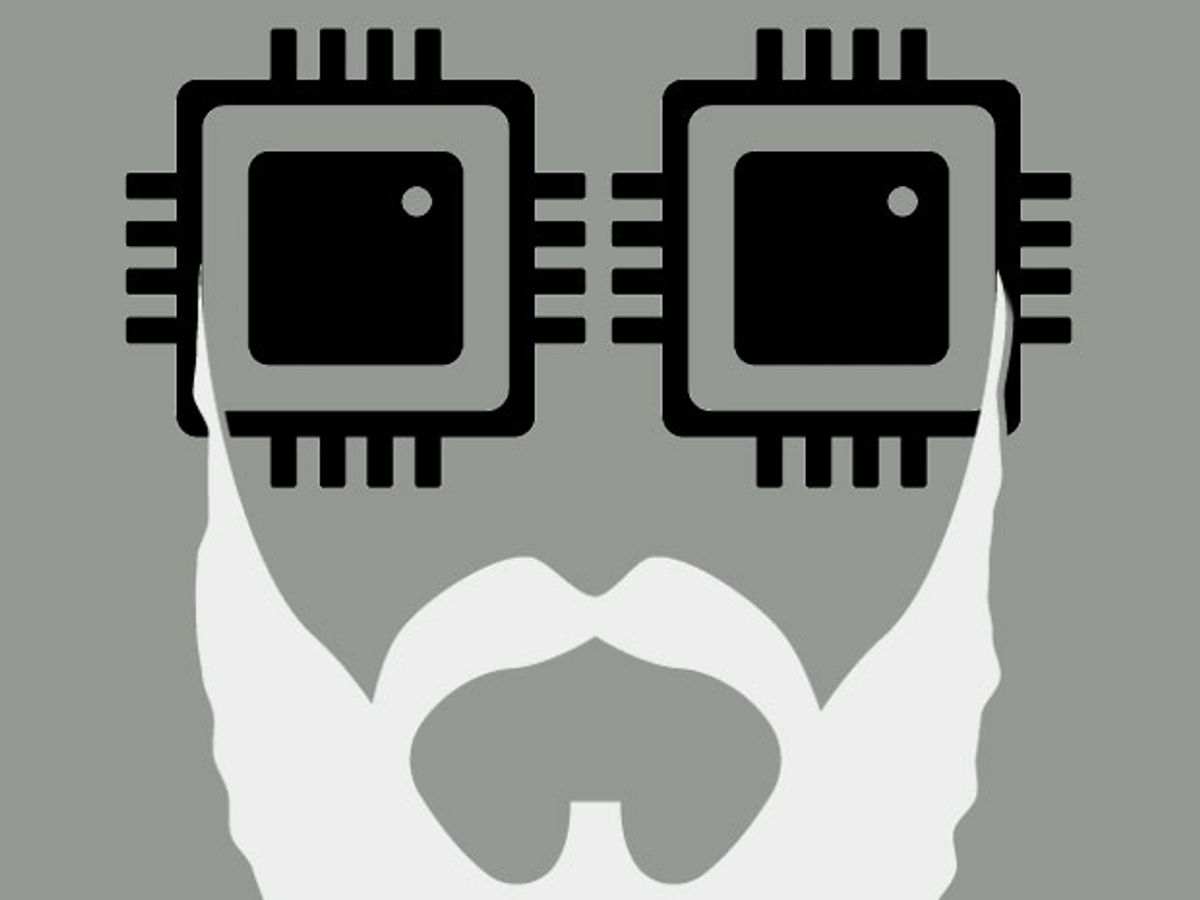“What a drag it is getting old.”—Mick Jagger
“Old age hath yet his honour and his toil”—Alfred Lord Tennyson
In case you didn’t know, the transistors in your computer’s processor, your smartphone’s memory, and your car’s autobrake system get old. The systems are designed so that you’ll probably never notice, but it’s true. Just like we do, they accumulate defects, slow down, and even fail altogether. [For the why's and hows see "Transistor Aging," IEEE Spectrum, May 2011.]
But aging isn’t all bad—at least for us meat-brains. “People get older, but they also get wiser,” says Bashir Al-Hashimi, a professor of electrical engineering at the University of Southampton, in England. “As you age there are a lot of bad things, but there are also some good things.” He decided to see if the same was true of transistors, and found evidence that one aspect of their power consumption improves with age.
In a series of simulations and experiments, Al-Hashimi and his team examined how one form of aging—bias temperature instability—might change transistor characteristics in a way that could be useful. BTI is basically an accumulation of charge near the interface between a transistor’s channel and its gate dielectric. The effect is to alter the voltage at which the transistor switches, so that the device switches slower and slower as the years drag on.
(As Indiana Jones put it: “It’s not the years... It’s the mileage.” A team led by University of Minnesota professor Chris H. Kim invented a “silicon odometer” to keep track of aging on chips. It won the Semiconductor Research Corporation’s Technical Excellence Award in 2016.)
Using advanced simulations of high-performance CMOS logic transistors, Al-Hashimi’s group showed that these devices actually consume less power as BTI ages them. What’s more, they theorize that because BTI is more pronounced in transistors with smaller features, this aging benefit will be bigger in future generations of chips.
Their simulation showed a 50 percent reduction in static power consumption after the equivalent of about a month of use, and a 78 percent reduction after 10 years. (In earlier studies, they found similar savings in transistors designed for memory and for low-power logic.) Static power consumption is power lost when a transistor is not switching, which these days is most of the time. It’s due to current leaking across the transistor channel when the device is supposed to be off.
When Al-Hashimi looked at real silicon chips, he measured an 11 percent reduction in leakage current after five years. It wasn’t a perfect apples-to-apples comparison, because these chips were of an older generation than those he simulated, and it wasn’t possible—at least not with the systems in his lab—to measure the change in static power consumption directly.
Asked about the research, Minnesota’s Kim said that the aging-power relationship makes sense. “I think it's pretty straightforward that static power will decrease with aging,” he says. However, the measurements Al-Hashimi reported in the March issue of IEEE Transactions in Circuits and Systems II, weren’t enough to prove substantial power savings in a real system, he says.
Assuming Al-Hashimi is right and aging has some benefits, what’s it mean for consumer devices? “The positive argument is that the longer these devices are used the better the battery life,” he says. “Whether people are prepared to use devices for that long a time is questionable.” Indeed, it seems unlikely that an electronics supply chain looking for the latest technology right now would consider waiting months or years for new processors to “mature”.
Samuel K. Moore is the senior editor at IEEE Spectrum in charge of semiconductors coverage. An IEEE member, he has a bachelor's degree in biomedical engineering from Brown University and a master's degree in journalism from New York University.



